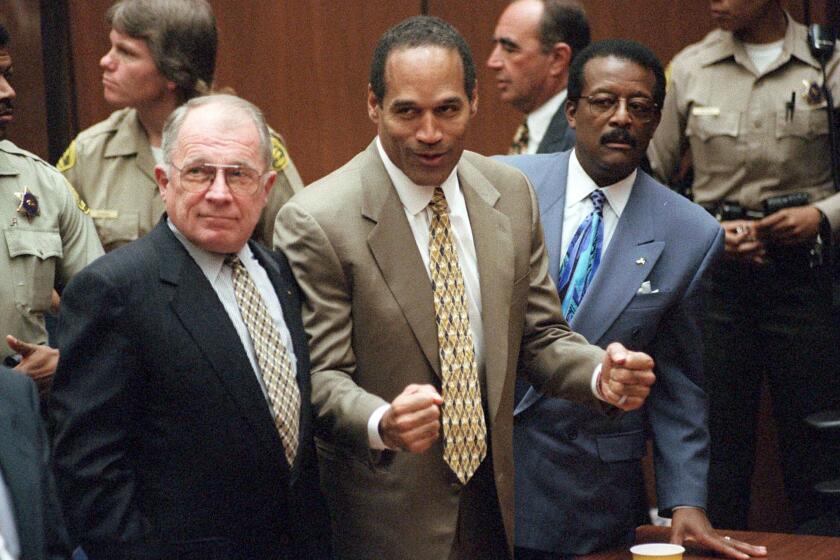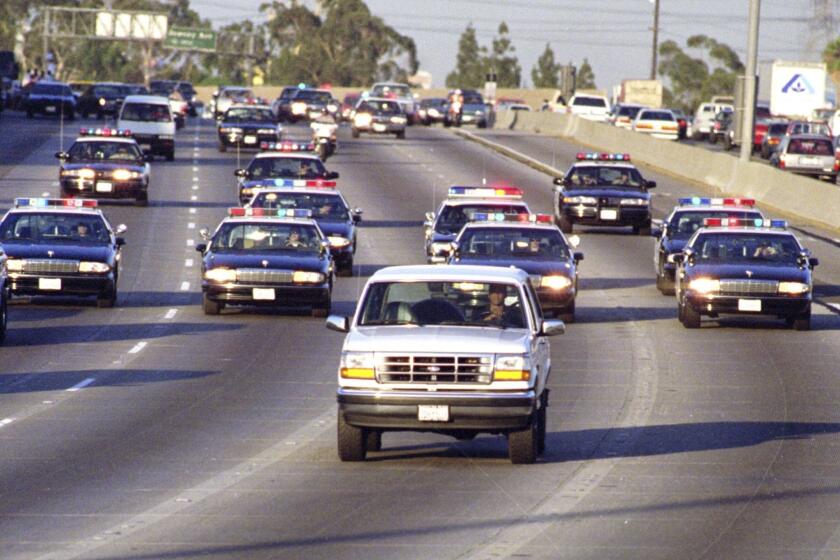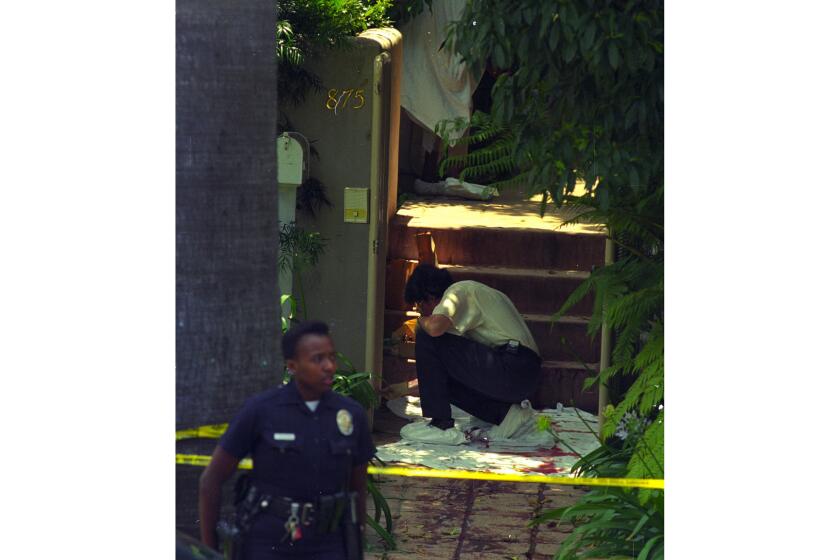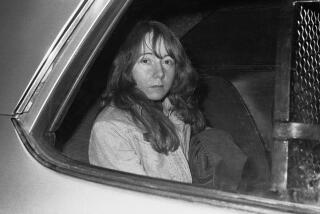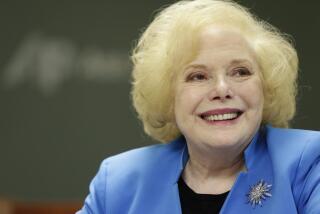O.J. Simpson, the white Bronco and a freeway chase that changed L.A. forever
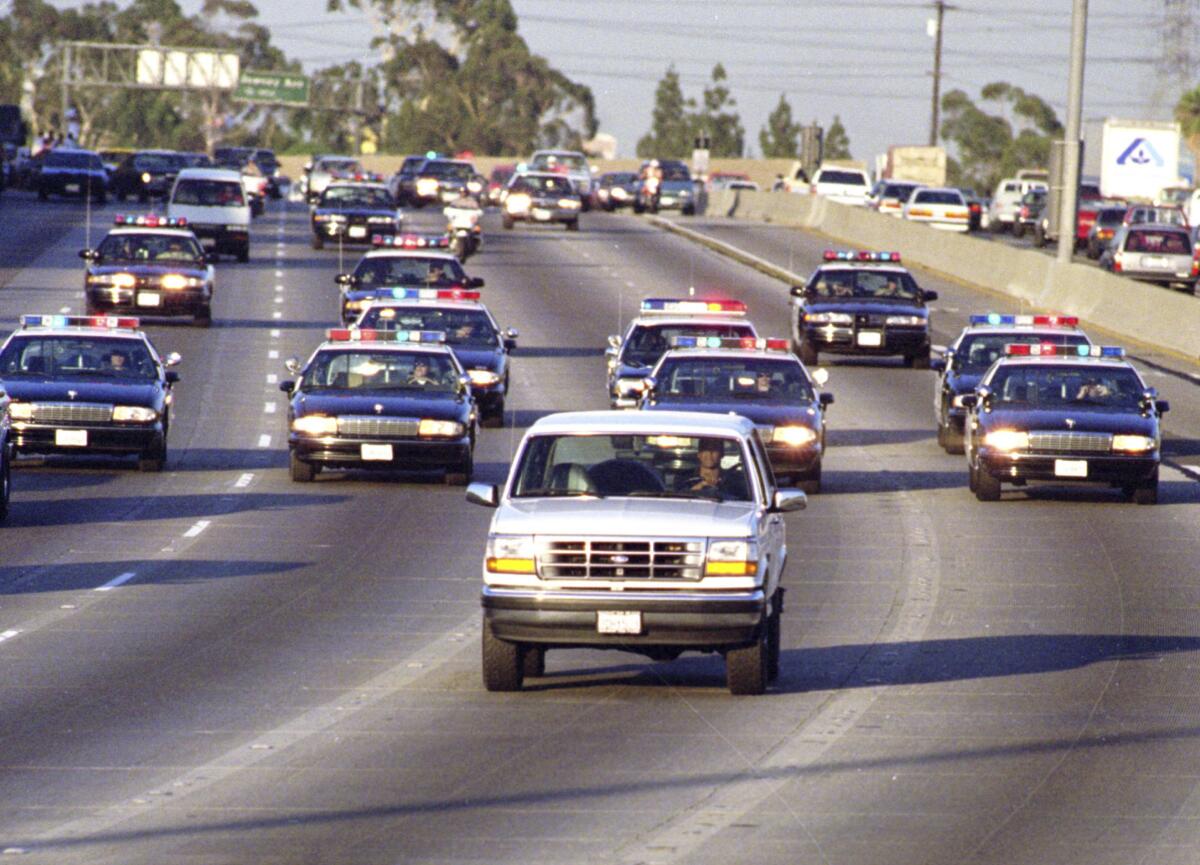
There had been high-speed pursuits before on L.A. freeways.
But nothing compares to the surreal day of June 17, 1994, when O.J. Simpson and his white Bronco captivated the world’s attention.
One lawyer at the time called it “the day Los Angeles stopped.”
Driven by Simpson’s boyhood friend and former NFL colleague Al “A.C.” Cowlings, the ex-football star led police on a two-hour chase across Southern California in his white Ford Bronco after he was charged with murder in the deaths of his ex-wife, Nicole Brown Simpson, and her friend Ronald Goldman.
O.J. Simpson, whose rise and fall from American football hero to murder suspect to prison inmate fueled a public drama that obsessed the nation, has died.
As the slow-speed chase dragged on, people gathered on overpasses to wave and cheer on Simpson with chants such as, “The juice is loose.”
Here is a retrospective of what happened from the pages of The Times:
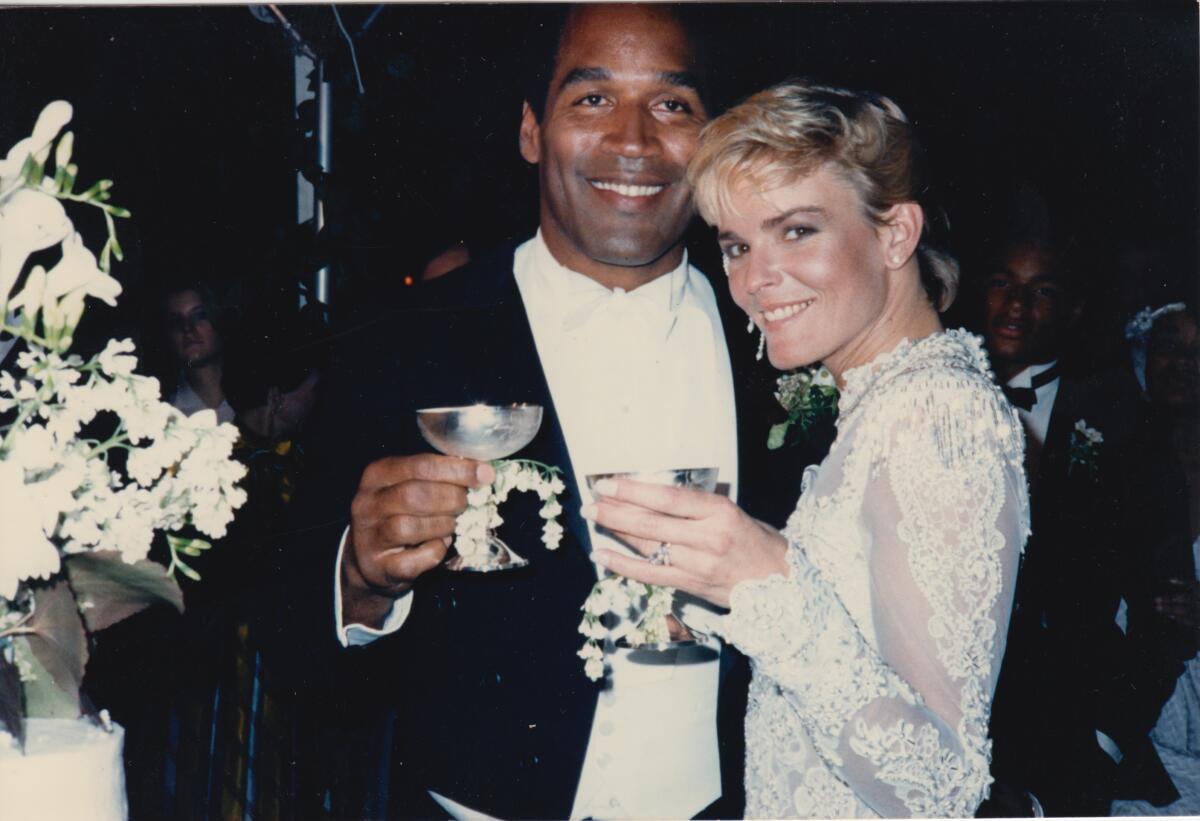
How the chase unfolded
8:30 a.m.: Robert Shapiro, one of Simpson’s lawyers, receives a call from Los Angeles Police Department officials telling him to surrender his client.
9:30 a.m.: Shapiro goes to an undisclosed home in the San Fernando Valley and informs Simpson he will have to surrender by 11 a.m. Murder charges are filed against Simpson in the killings of his ex-wife and her friend; arraignment is scheduled for the afternoon.
11 a.m.: Simpson is scheduled to surrender.
Shortly after noon, according to Shapiro, the lawyer receives a call from LAPD officials telling him that police must announce that Simpson is a fugitive. Shapiro gives police directions to the San Fernando Valley house. Police arrive at the house. Shapiro, who is with Simpson’s doctors and others in a room at the house, says Simpson and Cowlings, a former college and pro football teammate of Simpson’s, had left the house.
1:50 p.m.: LAPD Cmdr. David Gascon announces that Simpson has not surrendered for arraignment as scheduled and is a fugitive.
Friday is the 28th anniversary of the infamous slow-speed chase that fascinated California and the nation.
2 p.m.: Police respond to a 911 call at the scene of the slayings after a man identified as Nicole Simpson’s father comes out of the house asking people to call 911.
3 p.m.: An LAPD officer at the condominium tells reporters, “O.J. Simpson is not here.” Dist. Atty. Gil Garcetti says at a news conference that anyone helping Simpson flee will be prosecuted as a felon. “We will find Mr. Simpson and bring him to justice.” Police are searching for Cowlings. Garcetti says prosecutors have not decided whether to seek the death penalty in the murder case.
4:45 p.m.: Police issue an arrest warrant for Cowlings.
5 p.m.: Shapiro holds a news conference, during which longtime Simpson friend Robert Kardashian reads a letter from Simpson: “Don’t feel sorry for me,” the note ends. “I’ve had a great life, great friends. Please think of the real O.J. and not this lost person. Thanks for making my life special. I hope I helped yours. Peace and love. O.J.”
5:51 p.m.: Simpson reportedly makes a 911 call from a cellphone in Cowlings’ Ford Bronco. His location is traced to the 5 Freeway in Orange County near Lake Forest, where his ex-wife was buried.
Football legend had agreed to surrender but disappeared, prompting manhunt. Car is spotted in Orange County; pursuit ends in driveway of his Brentwood home.
5:56 p.m.: The California Highway Patrol begins pursuit.
7:30 p.m.: After moving onto the 91 Freeway, the Bronco turns north on the 405 Freeway in Torrance, soon encountering crowds standing on the roadway and overpasses. Some onlookers hold handmade banners and signs, while others scream, “The Juice is loose!”
7:57 p.m.: Simpson and Cowlings arrive at Simpson’s Brentwood home, and negotiations for surrender begin.
8:47 p.m.: Police issue an all-clear after taking Simpson into custody.
9:37 p.m.: In police custody, Simpson arrives at Parker Center in downtown L.A.
Nicole Brown Simpson and her friend Ronald Goldman were fatally stabbed on the evening of June 12, 1994, their bodies discovered early the next morning.
Legacy
The chase became a “Where were you?” moment.
It also offered a preview of how Simpson’s murder trial would divide the nation. As The Times reported the next morning: “Hundreds of supporters gathered in the upscale neighborhood, chanting “Free O.J.,” and rocking police cars.”
Others think the chase helped make the Simpson trial a national obsession. As The Times reported in 1995: “Ninety-five million people watched that chase, not knowing how it would end. Suicide? Arrest? Escape? Violent confrontation? That shared adventure clearly gave many of them a vested interest, a sense of participation, of being on the inside of a national drama-cum-trauma in the making. And in this particular drama, virtually everyone felt he ‘knew’ the central player.”
The late Times reporter Andrea Ford, who covered the trial, said the chase “locked people into this common emotional experience.”
The view from the air
In 2019, The Times talked to Zoey Tur, who was piloting a helicopter for KCBS-TV and captured the chase.
Everyone was looking for Simpson, she recalled in the interview. Her CBS colleagues heard that the FBI had triangulated Simpson’s cellphone and found he was at the El Toro Y interchange in Irvine.
Football great O. J.
“So I glanced down and spotted the Bronco with police cruisers on its tail. I screamed to the station, ‘We’ve got him,’ and began the broadcast,” she recalled.
“Sitting up there, the enormity of it hit you. He is one of the most famous people in America and he is running from the police as a wanted murderer,” Tur said. “It was like a serene parade, with O.J. leading the procession.”
Reflecting on the day years later, she said: “It wasn’t the first pursuit I covered or the last ... but it was the most memorable.”
More to Read
Sign up for Essential California
The most important California stories and recommendations in your inbox every morning.
You may occasionally receive promotional content from the Los Angeles Times.
